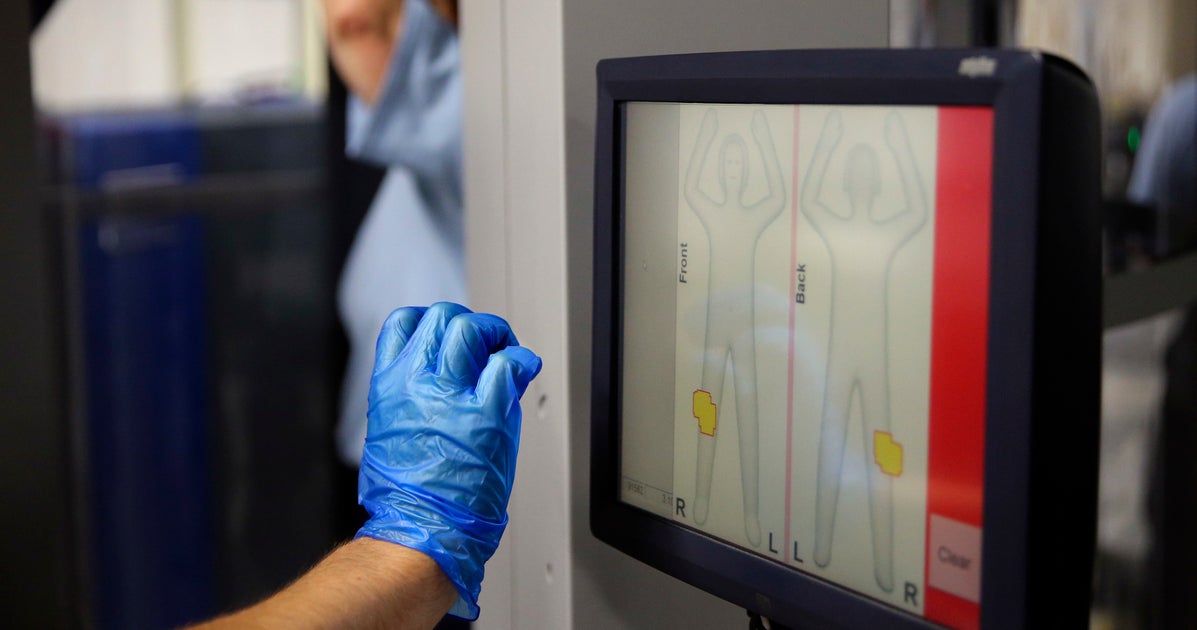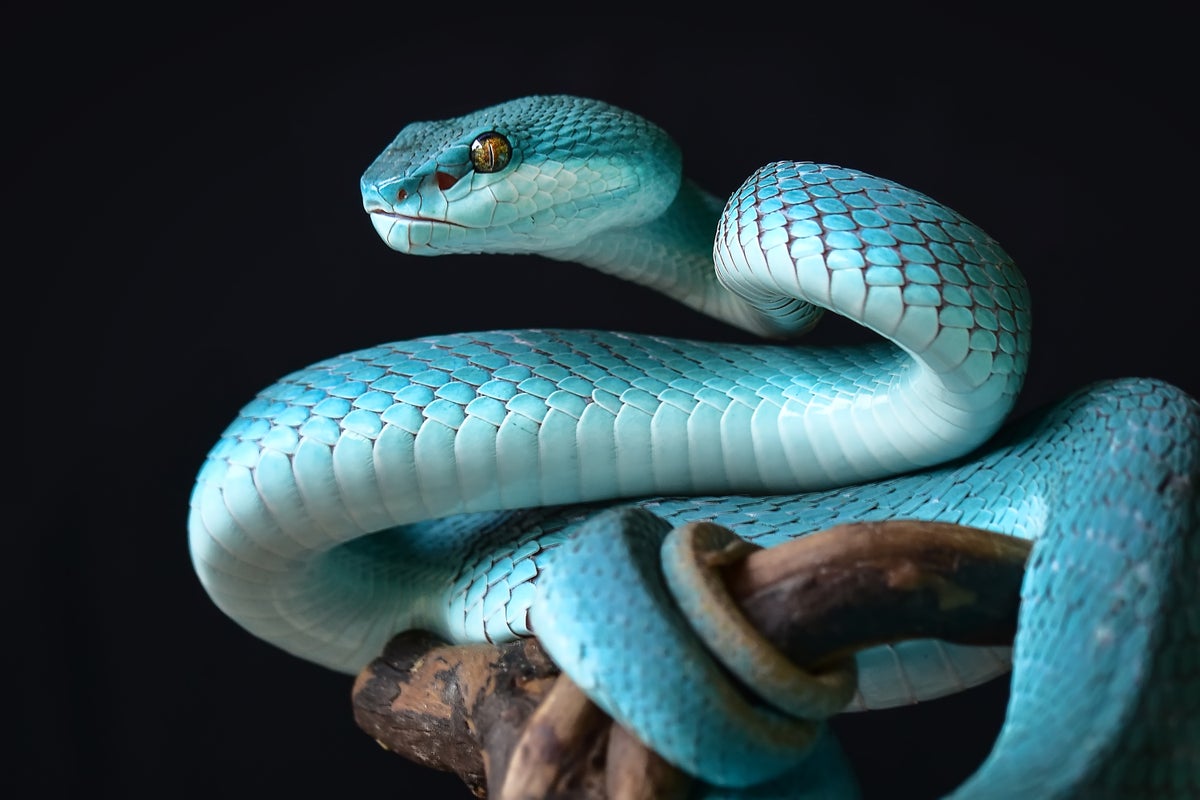Sugar gliders, small marsupials that in some places are kept as pets, have the ability to glide through the air thanks to a membrane connecting their forelegs to their hindlegs. The membrane, known as a patagium, allows them to glide from tree branch to tree branch and thus more easily access food and escape predators. It has evolved at least three times independently in closely related glider species, including sugar gliders. But the question lingers as to how it evolved.
Now a team of researchers has uncovered the genetic basis for the evolution of this novel adaptation: a gene called Emx2 plays a critical role in making the patagium. In sugar glider babies (which are called joeys and live in their mother’s pouch for several weeks after birth), Emx2 is expressed in the skin on the left and right flanks, where the gliding membrane will form. The activity of this gene is required for the normal development of the patagium: when researchers repress the gene, the patagium fails to form properly. Surprisingly, the researchers discovered that Emx2 is also expressed on the flanks of developing lab mice but only transiently, whereas in the sugar gliders, the gene remains active for much longer. Although it is not known why the gene is expressed temporarily on the flanks of developing mice, Emx2 is known to have important roles elsewhere: it is essential for brain and bone development, where it is involved in cell proliferation.
From a basic biology point of view, addressing the central question of how specialized body plans evolve is really fundamental, says Stephanie Ellis, who studies morphogenesis at the Max Perutz Labs in Austria. The researchers, she says, “were able to start with this big evolutionary question and bring it down to a cell-biological answer where we know the exact genetic loop and exactly what it does on the level of the tissue and the cell.”
On supporting science journalism
If you’re enjoying this article, consider supporting our award-winning journalism by subscribing. By purchasing a subscription you are helping to ensure the future of impactful stories about the discoveries and ideas shaping our world today.
To investigate how sugar gliders’ patagium evolved, evolutionary developmental biologist Ricardo Mallarino of Princeton University and his then graduate student Jorge Moreno teamed up with Olga Dudchenko and Erez Lieberman Aiden of Baylor College of Medicine, along with other collaborators in the U.S. and Australia, to sequence the genomes of 15 marsupial species. These included old specimens from museum collections, some of which were endangered species. Several of the marsupials had a gliding membrane, and some did not. By comparing the genomes of gliding and nongliding marsupial species, the researchers could identify regions of the genome that evolved faster in the gliding species than in the nongliding ones. The results were published April 24 in Nature.
Searching through these genomes was a monumental task: “When you’re working on timescales of tens of millions of years, you’ve got entire genomes, and you’re trying to sift through a barn of hay looking for needles,” explains Kim Cooper, who studies the evolution of skeletal proportions in desert jerboas at the University of California, San Diego, and was not involved in the research.
The team identified more than 1,000 regions on the marsupials’ genome that showed accelerated evolution, or faster rates of DNA mutations, in the gliding species (and thus were candidates for genetic changes that could contribute to the evolution of the gliding membrane). But not a single “glider accelerated region”—one that exhibited an accelerated rate of mutations—was shared across all three gliding species studied. At first that was a disappointment because there was no smoking gun—no clear gene candidate to go after. But after more thought, the team realized that many of these glider accelerated regions were regulating the activity of other genes and that it was possible to computationally infer the target genes that each of these regions were regulating. Furthermore, the researchers knew which genes were activated in the developing patagium from previous work. When they focused on genes activated in the patagium that were regulated by the accelerated regions in all three species, a single gene stood out: Emx2, a transcription factor that orchestrates the activity of many other developmental genes.
“Each individual species is experiencing their own evolution,” says Moreno, now a postdoctoral fellow at the Stowers Institute in Kansas City, Mo. “What we think is going on is that they’ve converged around this key developmental gene that they can deploy in a way that essentially achieves the same outcome. But the way you get to that outcome can be different. That’s what these different enhancer evolutions show us.”
The findings are “consistent with the idea that trait evolution over long timescales has complex genetic mechanisms,” Cooper says, referring to the more than 1,000 genomic changes identified. At the same time, she says, while recognizing that complexity, the researchers were able to focus in on a particular gene that seemed to be a “keystone,” or a critical node within the larger and very complex network of developmental genes.
To investigate the function of the rapidly evolving genetic sequences that regulate the activity of Emx2 in the three gliders, the researchers examined those sequences by connecting them to a gene that makes a fluorescent protein and injecting them into a sugar glider cell line. By doing so, they discovered that the gliding marsupials’ sequences showed greater fluorescence than the equivalent nongliding species’ sequences, indicating that Emx2 was more strongly activated in the gliding species.
Because marsupials are born very early and most of their development occurs while they are in their mother’s pouch (rather than in utero), the researchers also had the opportunity to manipulate Emx2 during the critical phase in the joeys’ development when the membrane was forming. To test what the gene was doing, the researchers took the joeys out of their mother’s pouch while leaving them attached to the mother’s nipple, quickly injected a virus carrying a molecule that downregulated the activity of Emx2 and put the joeys back into the pouch. Several days later they observed that the gliding membrane did not grow at the same rate as in a control group injected with a viral delivery vehicle lacking the inhibiting molecule. The experiment indicated that Emx2 was important for the proliferation of cells that build the patagium.
The researchers were also curious to know what other changes occurred when Emx2 was repressed. By sequencing the RNA of the patagium, they observed a reduction in activity of Wnt5a, a member of the Wnt gene family that is involved in a multitude of different developmental processes, including cell proliferation and migration, cell and tissue patterning, and more. This suggested that Emx2 was affecting the patagium at least in part by regulating the activity of Wnt5a.
To understand more about the role of Emx2, the researchers turned to lab mice. Intriguingly, they saw that Emx2 was expressed in the skin on the flanks of typically developing mice, much like in the sugar gliders. But two days later the expression of Emx2 in the flanks of the mice was completely gone. When this gene was artificially kept activated in lab mice, the researchers observed that the cells proliferated and that the skin thickened in a way similar to the sugar gliders’ developing membrane. The result was not quite a gliding mouse, however—other genetic changes are also important in patagium development.
It was striking, though, that the same cell behaviors were triggered by the persistent activation of Emx2 in both the sugar gliders and the mice. “These mechanisms actually seem to be very conserved across evolution,” Mallarino says. “If you activate this gene, you generate some of the same cellular behaviors as you see in a species that diverged 160 million years ago. That was very cool.”
Earlier studies in lab mice showed that Emx2 has important roles in brain development and the development of the scapula and pelvis, where it is involved in cell proliferation. The gliders have simply taken advantage of that mechanism instead of inventing a new way to increase cell proliferation.
“Evolution plays with what it has,” Mallarino says. “It’s usually this determined set of genes that can generate a determined set of cell behaviors, and you just deploy them wherever you need.”


























































